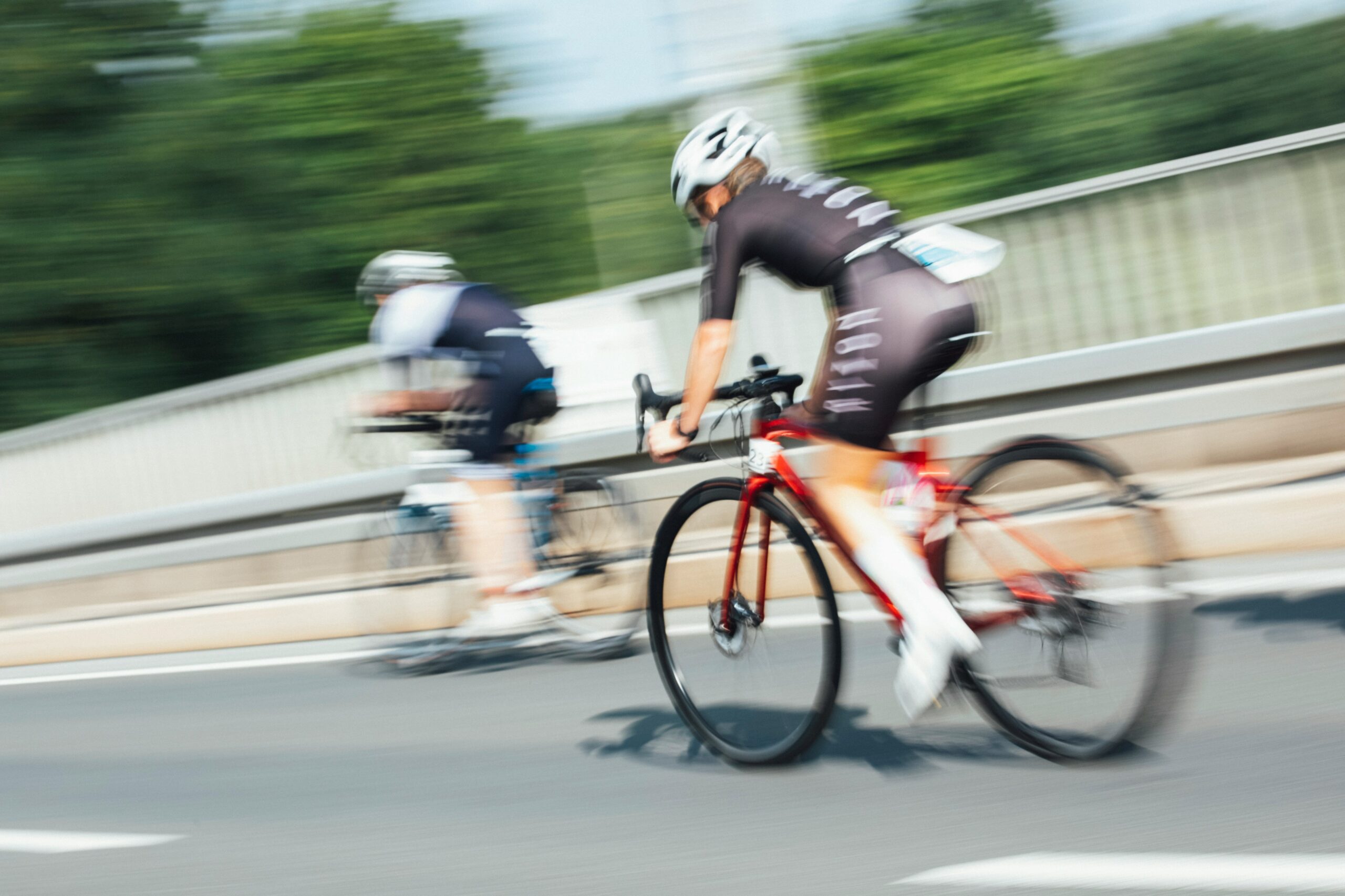Average Triathlon Time
Triathlons are a blend of swimming, cycling, and running. The average time it takes to complete a triathlon can vary widely due to several factors. These include the athlete’s experience level, the race distance, course conditions, and weather.
Triathlon Distances
Triathlons come in different distances. The four primary types are Sprint, Olympic, Half-Ironman (also known as 70.3), and Ironman.
- Sprint Distance: 750m swim, 20km bike, 5km run
- Olympic Distance: 1.5km swim, 40km bike, 10km run
- Half-Ironman Distance: 1.9km swim, 90km bike, 21.1km run
- Ironman Distance: 3.8km swim, 180km bike, 42.2km run
Factors Influencing Average Times
A wide range of factors can influence triathlon times. Experience is key. Seasoned triathletes have faster times compared to beginners. Terrain is important too. A flat course will have quicker times than a hilly one. The weather also plays a significant role. Wind, temperature, and humidity can impact performance.
Results for Sprint Triathlons
Beginner triathletes often start with Sprint distances. For a Sprint triathlon, the average completion time for male athletes is around 1.5 hours. Female athletes usually finish in about 1 hour and 45 minutes. These times can fluctuate based on the swim-bike-run sequence and transition speeds.
Results for Olympic Triathlons
Olympic triathlons are more challenging. For experienced athletes, men complete the course in approximately 2 hours and 30 minutes. Women, on average, finish in about 2 hours and 45 minutes. Novices should expect longer times. Balancing speed across all three disciplines becomes crucial at this distance.
Results for Half-Ironman Triathlons
Half-Ironman events test endurance. Male athletes with experience complete the race in about 5.5 hours. Female athletes generally take around 6 hours and 15 minutes. These events demand more from participants. Detailed training and strategy are essential for achieving good times.
Results for Ironman Triathlons
The full Ironman is the ultimate challenge. Most male competitors finish within 12 to 13 hours. Female finish times average between 13 and 14 hours. Cut-off times exist, which means there are maximum allowed completion times for each discipline to continue in the race.
Training for Better Times
Improving triathlon times usually involves a structured training program. Focusing on technique, endurance, and speed in all three disciplines is crucial. Including brick workouts, which combine two consecutive disciplines, helps athletes perform better in transitions and overall events.
Nutrition and Hydration
Proper nutrition and hydration significantly impact race performance. Carbo-loading before races helps fuel muscles. Hydration is critical, particularly in long-distance events. The right balance of electrolytes can prevent cramping and energy dips.
Recovery and Injury Prevention
Post-race recovery prevents injuries and prepares the body for future events. Stretching, rest, and proper nutrition play roles in effective recovery. Understanding one’s body limits and not overtraining helps in staying injury-free.
Conclusion
Average triathlon times offer a benchmark for athletes to set goals. Understanding the factors influencing these times allows for better preparation. Through consistent training and recovery practices, athletes can aim to improve their personal records over time.
